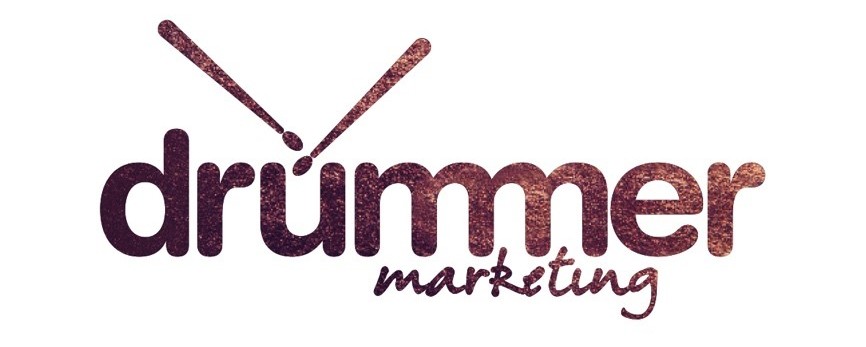Whether you are running a fundraising campaign via direct mail or online, the basics are essentially the same. Here are some tips to help you:
1. Plan – start every campaign by putting together a simple plan of what you want to achieve and how you are going to achieve it. This will serve as your guide throughout the process and will ensure you clearly remember your strategic objectives.
2. Schedule – the second step is to work out what elements you want to produce (include online and offline materials) and put together a schedule of when they are due to design, print and mail (if you’re mailing it out). This ensures you are on top of the process and will not miss a crucial element or deadline. This is a good time to get quotes from your design, print and mail suppliers.
3. Segment – next you need to decide how you will segment your data and/or your email list. This can be based on recency and frequency or other factors you choose.
4. Copy – once you know what you have set out to achieve, you can write your copy for your elements. Don’t forget, to be successful, your campaign ideally needs a story from a client. Each campaign should also have a single-minded proposition so the reader knows exactly what you want them to do and how they can do it. Depending on how you segment your data, you may have to personalise the copy you produce.
5. Design – the next stage is design where your copy and design come together as one. The design should complement your ask and not confuse it. Your design needs to be consistent across your elements, both online and offline.
6. Proofread – once your elements have been designed, it needs to be proofread to ensure the content is correct and there are no errors. This is also a good time to make sure your service delivery team (e.g. those answering phones) are well briefed on your campaign and have a mechanism (e.g. FAQs) to help them answer questions.
7. Print – if you’re printing physical elements (e.g. letters, postcards etc), once you have made all the changes and done a final check, send your pieces to print. Make sure the printer is aware of all the intricacies of your print job including the stock, quantity, size, delivery, and any other directions.
8. Publish – the final part of getting your campaign out in the world is uploading it, sending the email, or mailing out the direct mail piece. If you’re mailing it, make sure your mail house knows all the intricacies of your mail job including what you want lasered, what you want folded and what you want perforated. This is where you need to double check your segmentation so the right donor is getting the right letter. If your campaign is online, don’t forget to double check the layout on a computer and phone.
9. Analyse – once your piece is in the market, you need to monitor the response you are receiving. Analyse your results to see if you have met the objectives set out in your plan.
